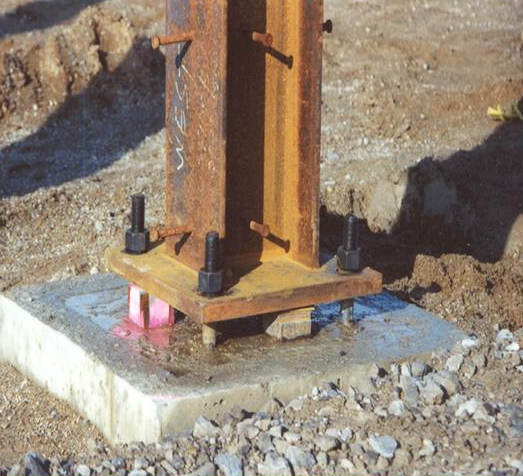Joining Steel Beam Connections & Steel Column Connections
When undertaking steel connection design, one of the primary considerations are the type of members that the steel connection is to join. Whether the structural engineer is joining a beam to column, beam to beam, column to column, or column base to a concrete pedestal, there are various connection types to complete this task. The type of members joining is a common classification for steel connections, as discussed here. In this article, let's look at different types of steel beam column connection designs.Beam to column connections
Beam to column connections are the most common type of member configuration, with the column acting as a supporting (or parent) member, and the beam acting as the supported (or child) member in an adjacent orientation.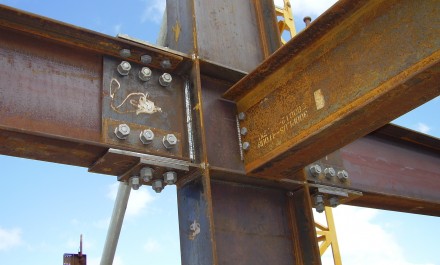
Beam to beam connections
For beam to beam connections, there are generally two types, depending on beam geometry. The first type is a primary beam connected to an adjacent secondary beam. The second type is through the use of a beam splice for linearly aligned members.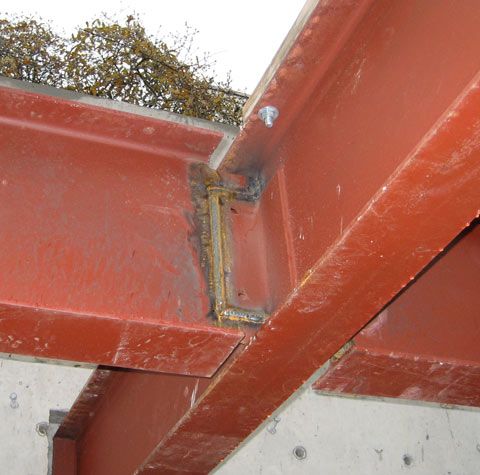
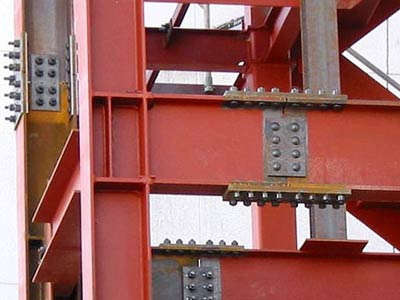
Column to column connections
Column to column connections are usually accomplished with the use of a column splice. A common application is with the connecting of columns of different cross sectional size.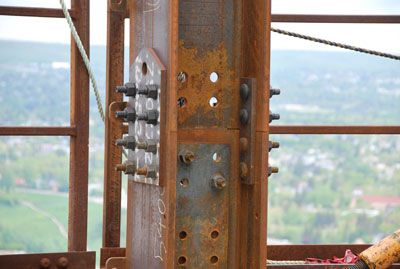
Column base plate connections
Column base plate connections consider the connection made between a column and concrete pedestal. Typical considerations include the size and thickness of the plate, as well as grouting for the levelling of the plate. Anchor bolts are usually installed into the concrete pedestal, connecting the base plate so that uplift can be resisted during erection.
William Kuang
Engineer and Software Developer
BEng Mechanical (Hons1)
LinkedIn
Engineer and Software Developer
BEng Mechanical (Hons1)

